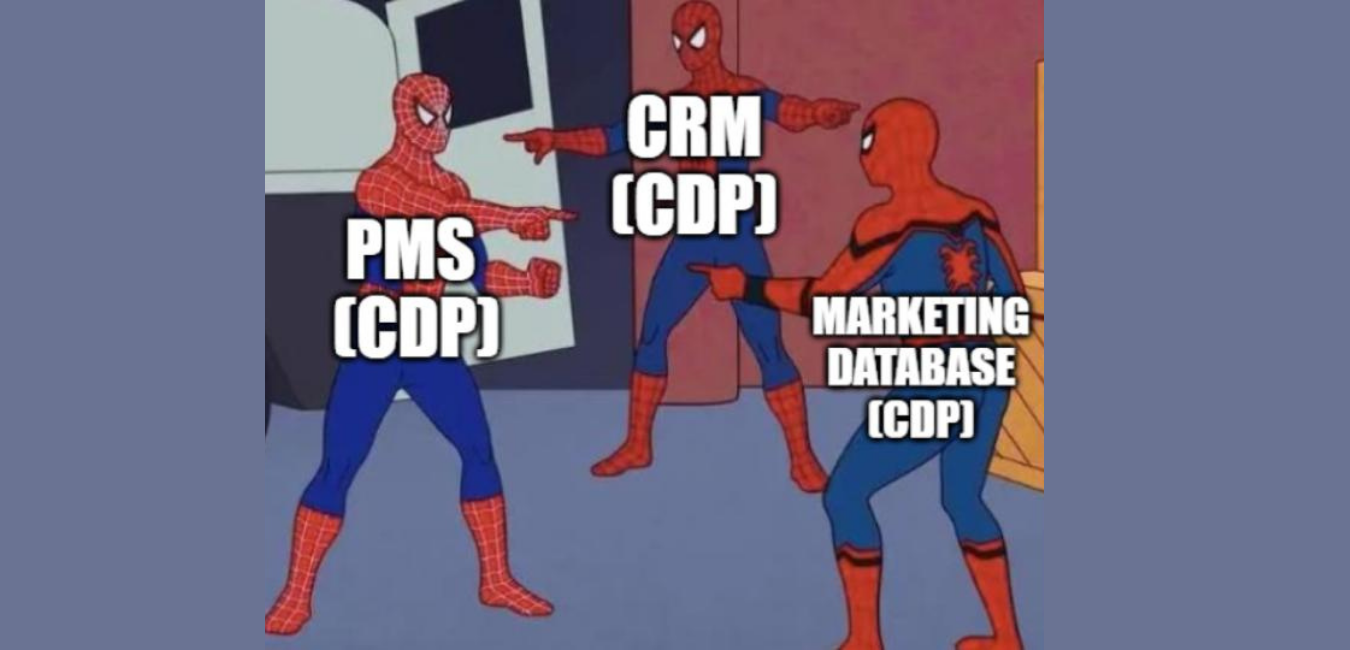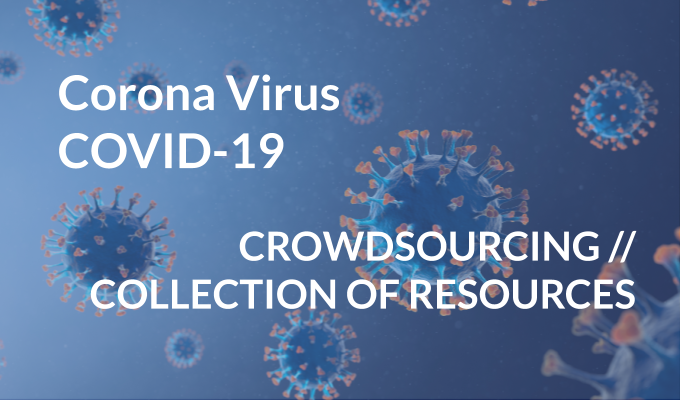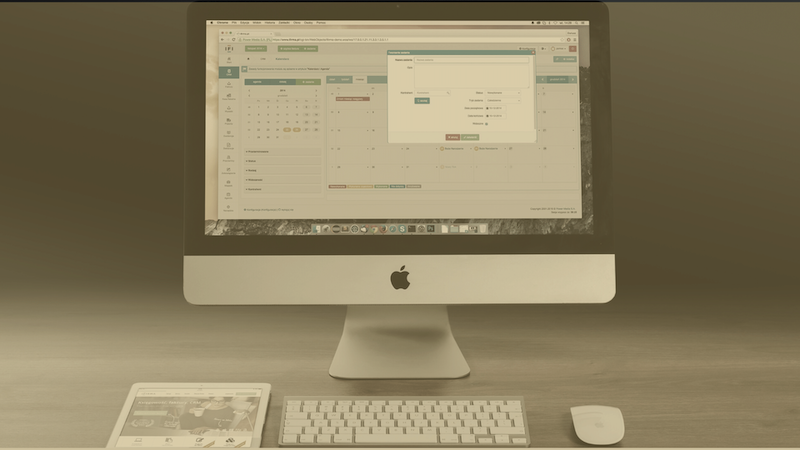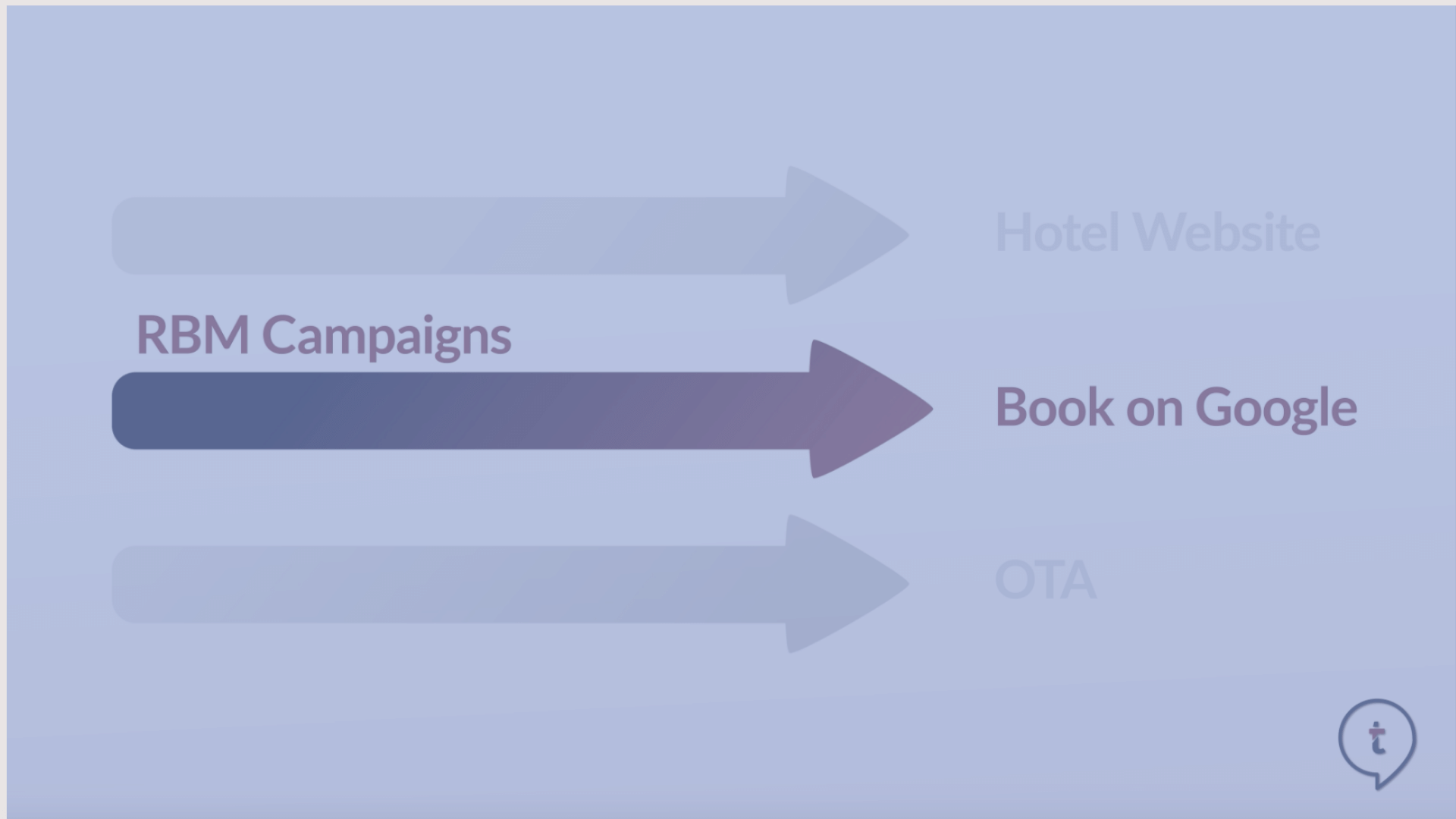About the true Customer Data Platform (CDP), the Guest Experience Framework, the Single Guest Profile and the super metric to track guest engagement
A much-needed paradigm shift has occurred in the hospitality space. Over the last 18 months of lockdowns, furloughs, and downsizing, COVID-19 pushed hoteliers to take a real look at their hotel technology stack and ask themselves if what they currently have will stand the test of time. As you can imagine, hoteliers immediately began looking for a solution to either reduce cost or increase guest retention, whether implementing new technologies such as a Guest Experience Framework or switching out systems entirely. Interestingly, a system commonly known as the 'Customer Data Platform' or CDP was brought to the forefront of discussion. While definitions vary from vendor to vendor, one element is clear: An effective CDP should be able to provide you with actionable insights that weren't possible with standard hospitality systems.
To briefly segue away from CDP, hotels have traditionally used look-to-book as a metric of guest engagement. Essentially, hotels track the number of people who visit their website compared to the number of users who actually ended up booking. Traditionally, this process overlooks the fact that guests' interaction with your brand doesn't just start and stop at booking. That's where your CDP comes in.
A true-to-definition CDP will help you understand how guests engage with your brand, as well as how far ahead they tend to do so. Everything inside of the pre-booking journey should be captured in a CDP, whether it's marketing communication, clicks on your Instagram page, or a simple Google search.
Since there's no terminology for this, let's call it the Guest Engagement Lead Time.
A platform that holds Customer Data?
That’s right.
While the hospitality space recently adopted another name, these systems have existed in our industry for years. Commonly used hospitality systems – the legacy data warehouses, Customer Relationship Management Solutions (CRMs), Property Management Systems (PMSs) – are for all intents and purposes, CDPs. However, it starts to get convoluted when we begin to evaluate what kind of data a CDP should hold and the type of transformation it should facilitate.

First things first: data is silver, but actionable information is gold. Without a single source of truth for the golden guest profile, your Customer Data Platform immediately falls apart. How can we expect to compile a true picture of our guests if valuable data is scattered differently across systems? Hotels are notorious for attempting to use systems for purposes way beyond those systems’ capabilities. Couple that with siloed databases, and you no longer have a clear view of your guests. As I previously mentioned, one of the primary ways to resolve these issues is by implementing a Guest Experience Framework.
Your 'framework' is the system of record, built with hospitality-specific business logic to create a golden guest profile. Shouldn't that be your 'true' CDP? Generally, the Framework connects to your primary systems such as the PMS, Central Reservation System (CRS), and CRM. However, it truly starts to drive value as a CDP when it consumes unstructured data from various 1st and 3rd party systems and transforms it into actionable information. This means going so far as to connect with your attribution, marketing automation & survey systems – amongst others – and linking that data back to the golden guest profile.
Plugging these various 3rd party sources into your Guest Experience Framework further enriches your profile dataset, and the Framework evolves into a Guest Experience Ecosystem.
Tracking hotel guest engagement
If we were to think about engagement truly, the earliest touchpoint would be when a (prospective) guest even thinks about your brand. But how do we gauge engagement through the power of thought? Simply put: we can’t.
However, a series of events – if tied back to the guest profile – can provide a clearer picture of your guests’ engagement.
Let’s start with the two elements: communication and attribution.
Marketing Communication
Marketing campaigns shouldn’t be random fire-and-forget events to get in touch with existing and prospective guests. The CDP should enable you to create specific guest segments based on data points you have identified, which then get pushed down to your marketing system for campaign activation. These campaigns should then be curated to the various guest segments to allow for as personalized communication as possible.
To put this into perspective, you should be sending your high-rollers a completely different marketing campaign then you’d want to send your bargain-hunters. Sending both segments the same communication will almost certainly yield undesired results, which may constitute a waste of your marketing efforts.
On top of that, your CDP should be able to tie campaign events such as sends, opens, and link clicks to both a segment (macro) level and the guest profile (micro) level.
By making this data available back to you, your marketing team can gauge whether a campaign was well-received by its intended target audience, along with understanding the types of communications specific segments respond to best.
Attribution
Attribution data is key because it enables your CDP to evaluate unique identifiers from attribution systems and tie those data points back to the guest profile.
Imagine having the ability to track an unknown visitor and the various touchpoints through which they’ve engaged with you, and then eventually identifying the user as a guest that converted. On the other hand, also having the ability to see known guests re-approach your brand and analyzing their path to conversion through various touchpoints like Paid Search, Referrers & Affiliates, to name a few.
Understanding the various paths to conversion for known and unknown guests provides you a better picture of your brand engagement. In turn, you can make informed decisions to optimize your Paid-Media budget for areas that actually yield results.
If your brand experiences a significantly higher number of conversions for a specific type of guest through Instagram than through Television Advertisements – which would you focus on more?
Guest Engagement Lead Time
Based on the various Marketing and Attribution elements that go into tracking pre-booking engagement, if we were to define Guest Engagement Lead Time, it would be:
The total time to conversion based on all engagement touchpoints for a brand
But how do I use this metric?
As you can guess, this is where the golden guest profile starts to become powerful from a marketing perspective. By stitching conversion, attribution & campaign data back to the guest profile, your CDP gives you a holistic view of your performance. Some dimensions you might consider are:
- 14 or 21-day campaign attribution
- Overall campaign engagement
- Conversion funnel
- Unknown user to known guest flow
Utilizing the Guest Engagement Lead-Time metric at both a macro and micro level provides you a comprehensive understanding of your guests’ pre-booking behaviors. You can better segment your guest data while continuously monitoring where and how far ahead your guests engage with you. Having this insight empowers you to tweak and tailor your marketing efforts and helps you understand if your marketing dollars are spent in areas of sparse returns.
At the crux of it, the goal of Guest Engagement Lead Time is to go beyond how many people visit your website and convert. In this era of personalization, the focus should be on how long it takes each guest to convert, along with where and when they interact with your brand. Let’s move away from guessing if our marketing efforts are paying off. Instead, we should be able to make data-driven decisions that bring the right guest, to the right property, at the right time, for the right price.
With CDPs starting to become more prominent in our industry, understanding Guest Engagement Lead Time is only the first step in truly unleashing the potential of both your guest data and marketing efforts.
As this technology evolves, coupling this metric with other data points from across the guest journey will unlock an understanding of your guests previously unobtainable.
For now, you know where to start.
About the Author
Karan Punjabi, Solutions Strategist at IRECKONU

Karan is a hotelier and tech-enthusiast at heart. Having worked in hospitality operations in New York and Amsterdam, he ventured into the hotel-tech arena, providing cross-functional expertise. Karan is currently a Solutions Strategist at the leading hospitality middleware provider, IRECKONU.
Connect with Karan Punjabi on Linkedin.
IRECKONU is a Contributing Member of techtalk.travel.
Related techtalk.travel editorials
- The Single Guest Profile l Editorial
- Customer Relationship Management (CRM) in Hospitality l Editorial
- The Scalability of the Hotel Technology Stack l Editorial
- Real Time Data in Hospitality l Editorial
- Application Programming Interfaces (APIs) & Integrations l Editorial
Image by Shubham Date on Unsplash





![V03: The History of Hotel & Travel Technology | [Updated] Infographic](https://techtalk.travel/storage/app/uploads/public/63f/e6f/ec8/63fe6fec80447817849943.jpg)



Create an account to access the content.
Get access to Articles, Video's, Podcasts, Think Tanks, Infographics and more.
Click “Sign In” to accept our
Terms of Service Privacy Policy